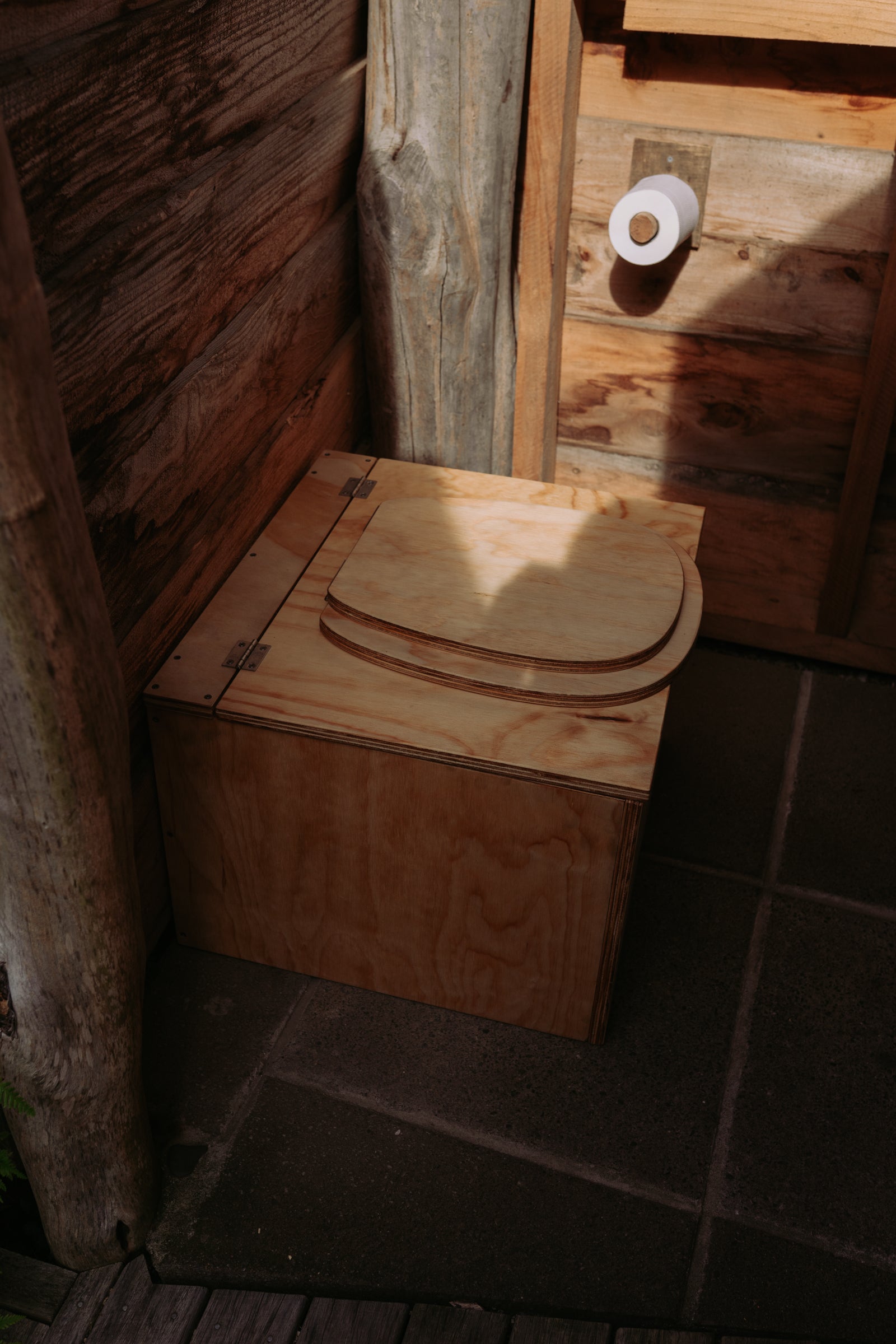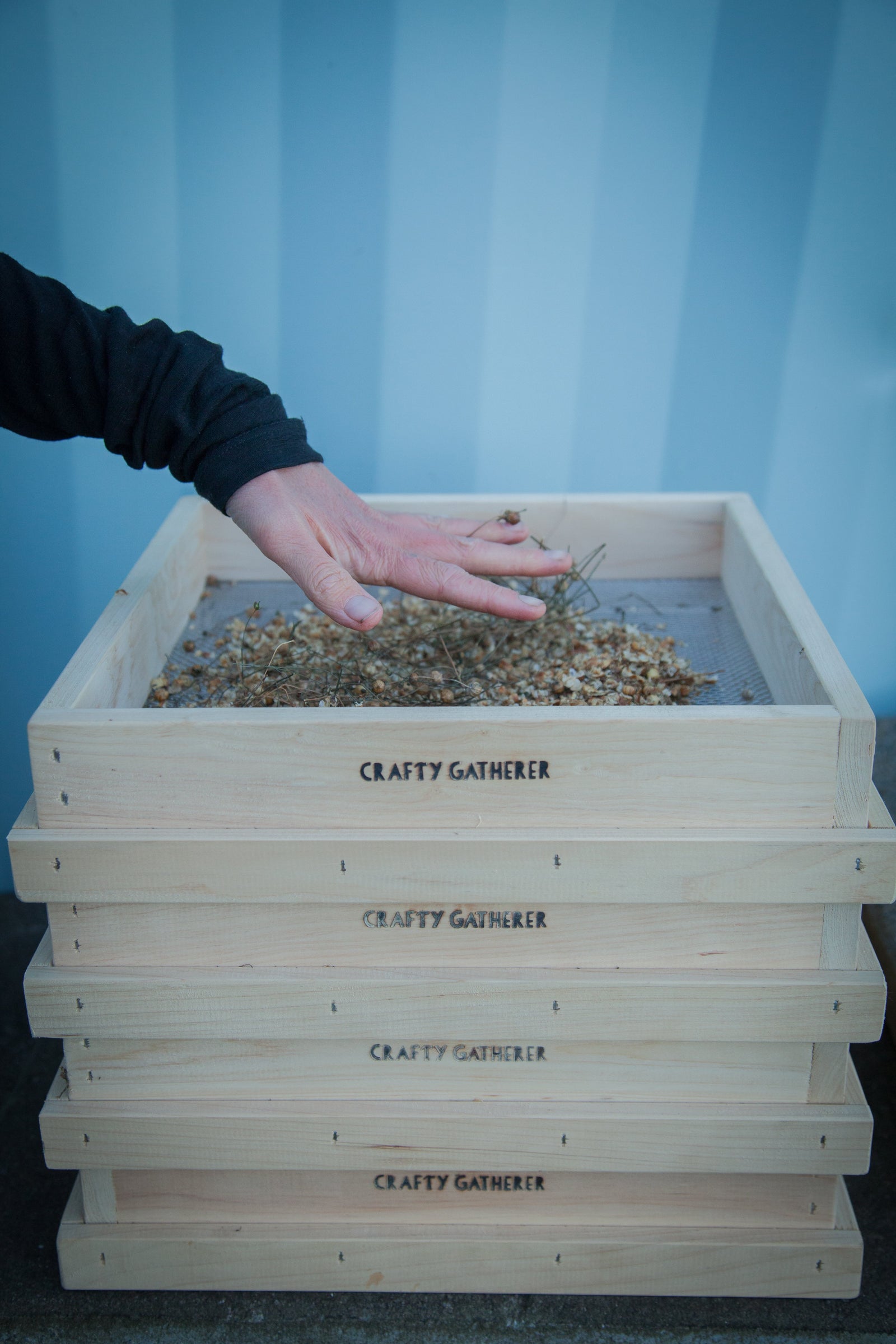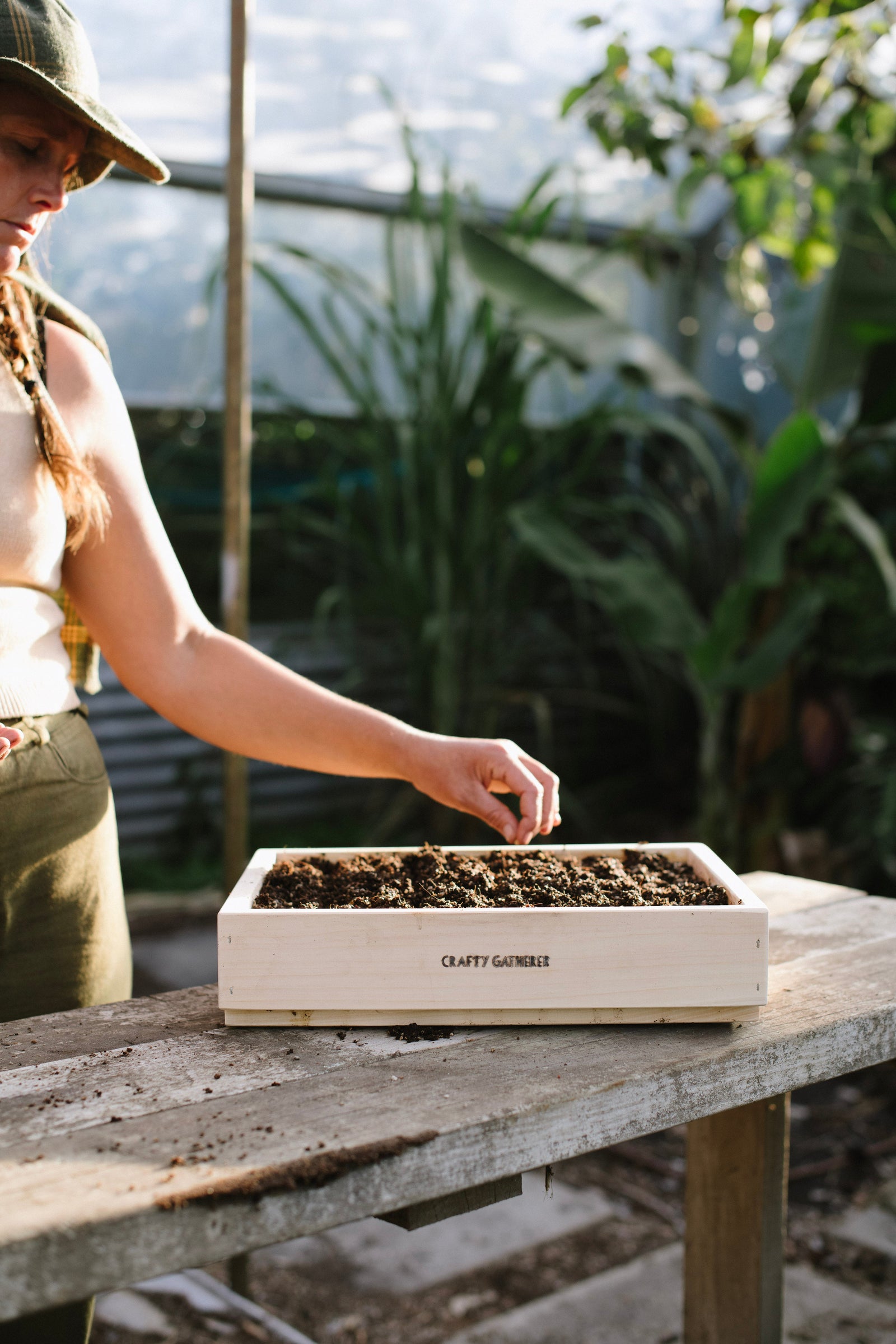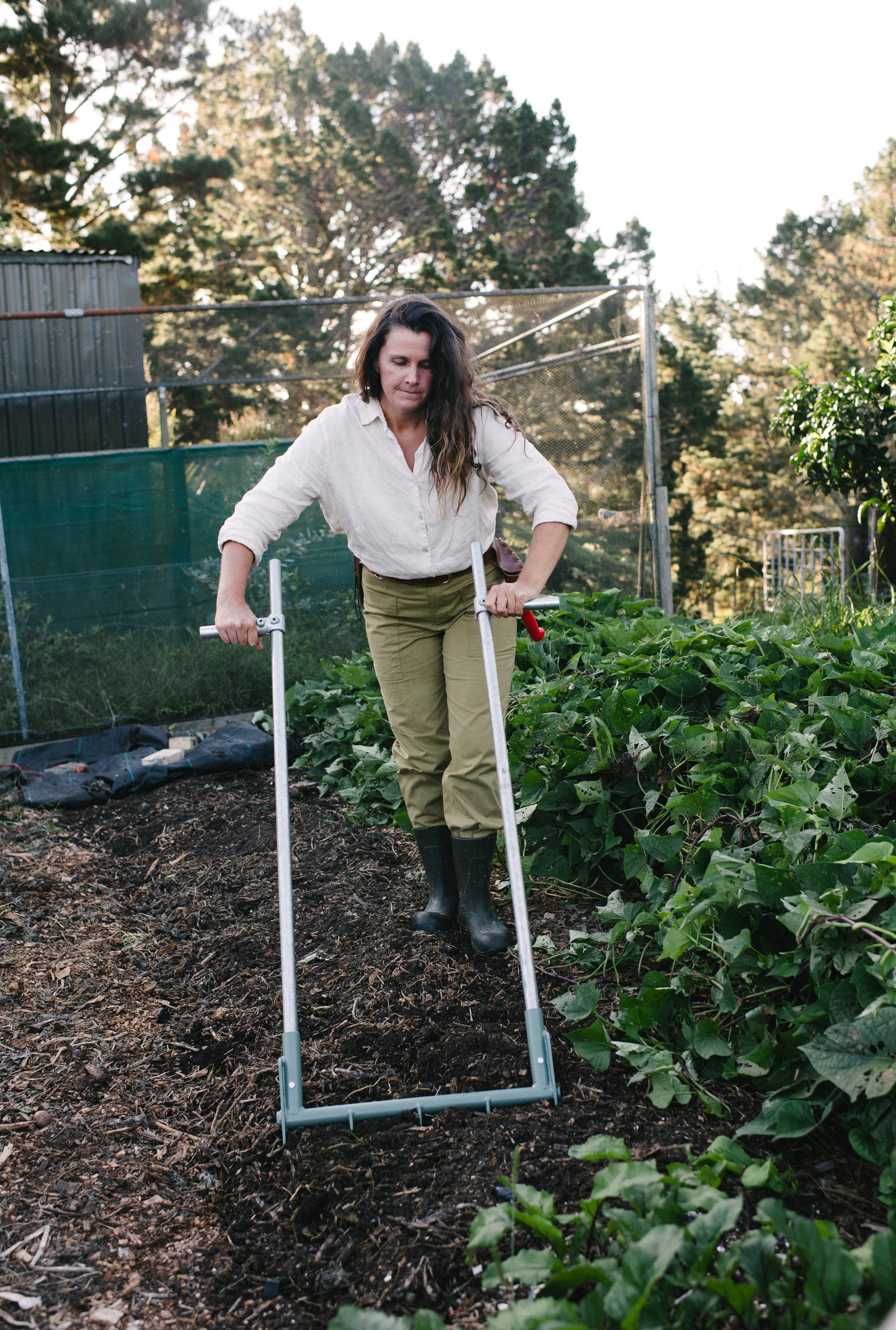Quality Garden Tools. Crafted in New Zealand.
Menu
-
- Home
-
Shop
-
Garden Accessories
- The Gatherer's Balm - Whipped tallow and hemp cream
- Gatherer's balm Gift pair (2 x100ml)
- Garden Belt
- Clark Cultivator
- Seed Raising Tray
- Seed Saving Screens
- Biochar Burner
- Compost Toilet
- Garden dibber
- Paper Pot Maker
- Svord whittling knife w/ leather sheath
- Garden Hook
- Beginner’s Guide to Pruning Fruit Trees by Kath Irvine
- Garden Forks
- Broadforks
- Gathered sets
-
Garden Accessories
- Our Vision
-
- Login
-
NZD

Quality Garden Tools. Crafted in New Zealand.
A column with no settings can be used as a spacer
Link to your collections, sales and even external links
Add up to five columns
A column with no settings can be used as a spacer
Link to your collections, sales and even external links
Add up to five columns
Add description, images, menus and links to your mega menu
A column with no settings can be used as a spacer
Link to your collections, sales and even external links
Add up to five columns
Add description, images, menus and links to your mega menu
A column with no settings can be used as a spacer
Link to your collections, sales and even external links
Add up to five columns

Three Composting Toilet Designs using the Crafty Gatherer Compost Toilet flat pack
April 24, 2025 4 min read
We firmly believe in taking responsibility for all aspects of our lives, including the ‘waste’ products we create. In this case, we’re talking about our humanure—our poo—and how we’ve chosen to use this valuable resource in a way that helps nourish the earth rather than pollute it. By recycling the nutrients from our waste and returning them to the land, we’re contributing to a healthier, more resilient way of living. All of the composting toilet systems we use here on the farm are built with our Crafty Gatherer flat-pack compost toilet, which we sell to make this sustainable solution accessible to others. These systems help us manage our waste and return nutrients to the earth in a safe, efficient, and practical way.
The Waste of a Flush
Each time someone flushes a traditional toilet, about 10 litres of clean, drinkable water is flushed away, mixed with urine and human waste. This water, which could otherwise be used for drinking or irrigation, is now contaminated and sent to a treatment plant, or worse, the ocean or a waste tank. This is not only an inefficient use of water but a waste of the nutrients that could be recycled into the soil.
Our solution? Composting toilets. These toilets use a natural process to break down human waste, turning it into nutrient-rich compost that can be safely returned to the soil. It’s a little bit of a mindset shift, but once you realize that it’s essentially the same as composting your food scraps in your backyard, it starts to make sense. The process is based on aerobic decomposition—just as organic matter breaks down naturally in the soil, so does our waste.
The Closed-Loop System
To be part of the closed-loop system of growing food, eating it, excreting it, and then composting it, is to give back to the earth what we originally borrowed. It doesn’t get more natural than that! Even though it may sound a bit intimidating at first, using a composting toilet is simply a natural part of life—we all need to use the bathroom.
At our farm, we’ve had a composting toilet system in place ever since we arrived, and it has been a fantastic way to process our humanure and transform it into something valuable. Over the years, we've developed a variety of systems that work for different needs.
Our Simple 20-Litre Bucket System
Our first system is the simplest and the one we still use inside our home today. It involves a 20-litre plastic bucket, which we line with sawdust after each use. Once the bucket is full, we take it outside, put a lid on it, and replace the bucket. When we accumulate about 15 buckets (this takes about six weeks, considering the visitors, WWOOFers, and family members), we put them into a steel drum or a wire mesh ring to begin the composting process. We add a mixture of grass clippings, comfrey leaves, straw, and food scraps to aid decomposition.
The composting process starts quickly, and within a few months, the temperature in the heap rises to around 55°C, killing pathogens. We let our humanure compost for around a year, and by the time it's ready to be used, it looks like rich, healthy soil—full of earthworms and nutrients.

The Garden Throne Room: Our Wheelie Bin System
As our farm grew and more people visited for workshops and gatherings, we needed a system that could handle a larger volume without the need to change buckets so frequently. We came up with a wheelie bin composting toilet system, which we affectionately call the "Garden Throne Room"—because it’s located in our garden, offering a beautiful view!
In this system, the wheelie bin collects the waste. Once it’s full, we simply wheel it outside, label it, and let it compost. We’ve added a vent at the top, a tap at the bottom, and a grate inside to encourage airflow and drainage. This system is great for those who want a composting toilet alongside an existing flushing toilet, as it’s easy to manage and doesn’t require handling waste directly.

The IBC Tank Design
Another option we’ve experimented with is the IBC tank system. This design works well for larger events, such as workshops or festivals, where a lot of people may need a toilet. The IBC tank can hold a significant amount of waste, reducing the need for frequent changes. After the event, the tank can be left to compost down for a year. The downside is that once the composting is done, the IBC tank may need to be cut open to access the compost, and you’ll need to decide how to dispose of or repurpose the tank.
The Bottom Line
Using a composting toilet isn’t just about reducing water use or managing waste more sustainably—it’s about reconnecting to the natural world and being part of a system that cycles nutrients back into the earth. By choosing to compost our humanure, we’ve reduced our environmental footprint and created a sustainable loop that benefits our land, gardens, and future.
As Joseph Jenkins, author of The Humanure Handbook, wisely said:
"Grow your own food. Make compost. Plant a garden. Be part of the solution, not part of the problem. If you don’t, who will?"
At Crafty Gatherer, we wholeheartedly agree. Our composting toilet systems are just one of the many ways we’re living more sustainably and empowering ourselves to make a positive impact on the planet.


